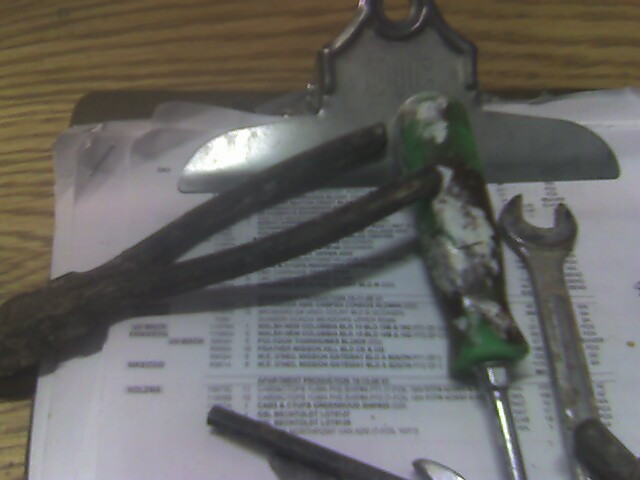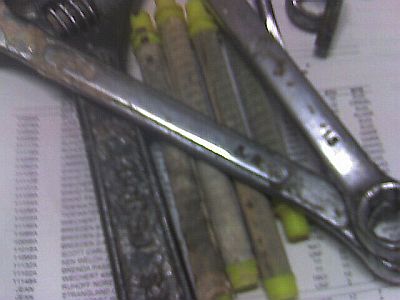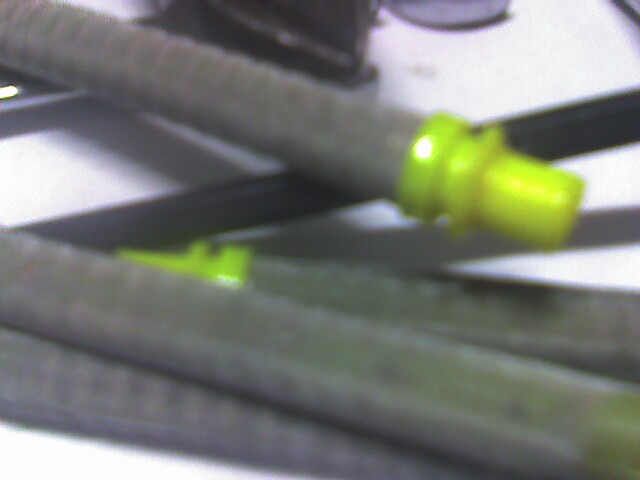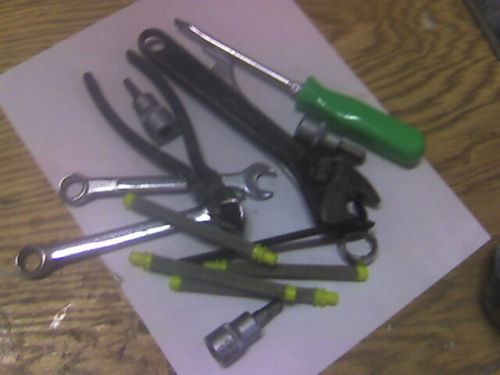Cleaning Spray Guns
Advice on cleaning spray equipment. August 26, 2006
Question
I currently spray catalyzed lacquer and use quite a bit of lacquer thinner for cleaning my guns. Is there anything else out there to use besides $10.00 a gallon thinner? It seems that the thinner doesn't do the best job to begin with. Maybe that is all there is but I sure would like to use something cheaper.
Forum Responses
(Finishing Forum)
From contributor A:
I pay about $30 Canadian for 5 gallons of gun wash at the local auto paint shop. 5 gallons of virgin lacquer thinner was about $35 for the last can. There are different types of lacquer thinners - you may be using a slow or cool thinner.
From contributor B:
Even at The Home Depot acetone is less than $7 a gallon. If you cut your lacquer thinner with acetone it will increase the solvency quite a bit and do a much better job cleaning your equipment.
From the original questioner:
How much would you suggest I could cut the lacquer thinner? Does acetone clean better than thinner?
From contributor C:
I had the same problem until I bought a cheap siphon gun from of all places - Harbor Freight. I put the siphon hose in the gallon can of lacquer thinner and attach the gun to my compressor. I use about a cup of lacquer thinner to clean my gun. This includes some lacquer thinner in a container to soak my nozzle, etc. while waiting to get cleaned. You have to get the cheap gun. It puts out only a small amount of solvent, but yet it is more than enough to clean. The more expensive one puts out more solvent than needed.
From contributor B:
Use 10% acetone to 50% acetone or even more. Acetone is one of the several primary solvent for lacquers and it is a main ingredient of many lacquer thinners. After every door/drawer/panel, or every other one, I take an acid brush (with the bristles cut short), dip it in thinner and dab the heck out of the front of the air cap and nozzle so there is no accumulation on the horns or holes. Acid brushes are also called parts brushes. They are the small brushes with black bristles and metal tube handles that often get used for applying glue to surfaces to be mated.
From contributor D:
I use an ultra sonic cleaner. It uses a chemical stripper that is safe to handle and lasts for two years before creating waste. It is quite effective. The ultra sonic unit heats the stripper to about 160 F and then sends a high frequency sound wave through the tank to activate and agitate the stripper. In 15 minutes most wood coatings are clean. In one hour powder coatings are stripped. There is no waste, for years – and you have clean, brand new parts every day. It costs about $600 to $1000 for the whole system. That’s a lot less than $10 solvent for 2 years - what could be better?
From contributor E:
Do you have a web site for this ultra sonic thing and other instructions? Also you are talking about cleaning guns and other metal parts, right?
From contributor F:
I would suggest investing in a $900 gun washer. It would pay for itself in no time. You’re not shooting thinner up the stacks (makes the EPA happy) and your gun is clean in 60 seconds. All your cup gun parts get cleaned as well. It just re-circulates about 3 gallons of gun washing solvent for at least a month.
From contributor D:
Here is a before picture:

Click here for full size image
From contributor D:
Here’s another “before” picture. These parts are coated with UV from working on a flatline. These filters were going to thrown away as they were totally plugged and hardened.

Click here for full size image
From contributor D:
This is after a 15 minute cleaning cycle:

Click here for full size image
From contributor D:
One more after shot:

Click here for full size image
From contributor E:
I see that there are many brands and models. Can anyone make a recommendation as to a decent model and make?
From contributor G:
What is the solvent for the ultrasonic cleaner called, and where can I get some?
From contributor H:
Instead of spending a whole bunch of money, get yourself some water based stripper and brush some of it on the cup. As far as the body of the gun itself, if you clean the body soon after you spray the project, the coating will just about fall off. For the cap and needle and nozzle, drop them in a jar of lacquer thinner until you’re ready to use them again. If you use a pressure pot, remove the material at days end, pour a half pint of solvent into the pot and give the gun a quick burst until you get just a bit of thinner to come through it. Plug the pot to keep it under pressure and when you return the next morning, clear the lines of the solvent and save it for the next days cleaning. All in all, it costs a few bucks a year to keep the tools of your trade clean and ready to use at a moment’s notice.
From contributor I:
I use a Branson ultra sonic with gemstrip from Gem Chemical.